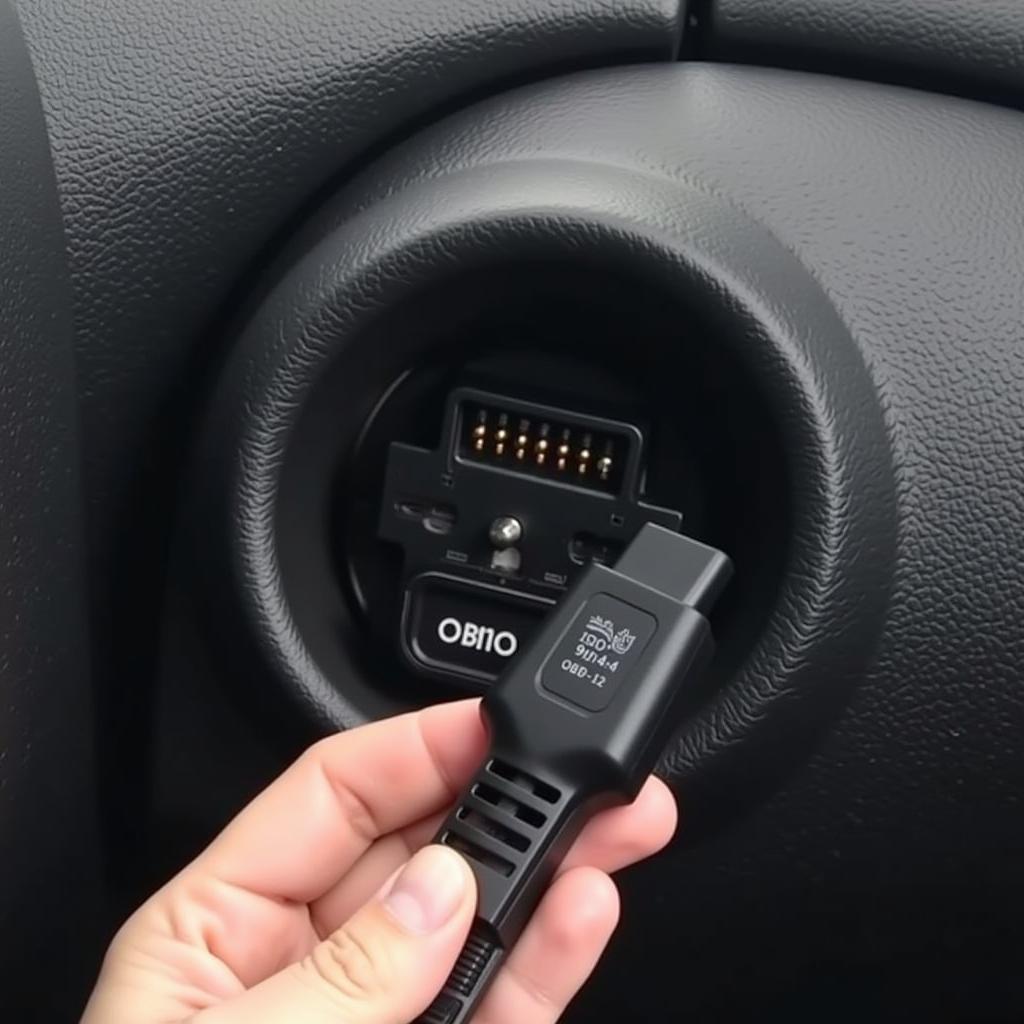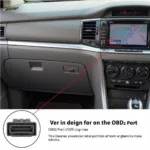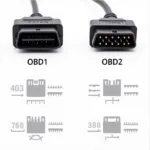The term “ISO 9141-2 OBD2” might seem like a jumble of technical jargon, but understanding what it means can be incredibly beneficial for any car owner. This article aims to simplify this often-confusing aspect of car diagnostics, explaining its significance and how it can help you better understand your vehicle.
What is ISO 9141-2 OBD2?
In essence, ISO 9141-2 is a communication protocol used in OBD2 systems, specifically in older vehicles primarily manufactured in Europe and Asia. Think of it as a language that your car’s computer uses to speak to a diagnostic tool, like an OBD2 scanner. This protocol dictates how information about your engine’s performance, emissions, and other crucial systems is transmitted and interpreted.
Why is ISO 9141-2 Important?
Understanding that your car uses the ISO 9141-2 protocol is crucial when choosing an OBD2 scanner. Using a scanner incompatible with your car’s protocol is like trying to have a conversation in two different languages – it just won’t work.
How to Determine if Your Car Uses ISO 9141-2?
The easiest way to find out if your car uses ISO 9141-2 is to consult your owner’s manual. If that doesn’t provide the information, you can also:
- Check Online Resources: Websites like OBDFree offer comprehensive databases that can help you determine the correct OBD2 protocol for your car make, model, and year.
- Inspect the OBD2 Port: The physical shape of your car’s OBD2 port can offer clues about the protocol in use.
Advantages of Using an ISO 9141-2 Compatible OBD2 Scanner:
Using a compatible scanner unlocks a wealth of information about your vehicle, enabling you to:
- Diagnose Engine Issues: Identify the root cause of those pesky “Check Engine” lights, often saving you unnecessary trips to the mechanic.
- Monitor Real-time Data: Track parameters like engine speed, coolant temperature, and fuel pressure, allowing you to monitor your car’s health proactively.
- Reset Warning Lights: Once you’ve addressed an issue, you can easily reset warning lights using a compatible OBD2 scanner.
Choosing the Right OBD2 Scanner for ISO 9141-2 Vehicles:
The market is flooded with different OBD2 scanners, and choosing the right one can be daunting. Here are some key factors to consider:
- Protocol Compatibility: Ensure the scanner explicitly states its compatibility with ISO 9141-2.
- Features: Consider what features are essential for your needs, such as live data streaming, code clearing capabilities, and manufacturer-specific diagnostics.
- User Interface: Opt for a scanner with an intuitive interface and easy-to-understand displays.
Conclusion
Understanding OBD2 protocols, like ISO 9141-2, is crucial for any car owner looking to take charge of their vehicle’s maintenance and diagnostics. With the right OBD2 scanner, you can unlock a treasure trove of information, enabling you to make informed decisions about your car’s upkeep and potentially save money on costly repairs.


